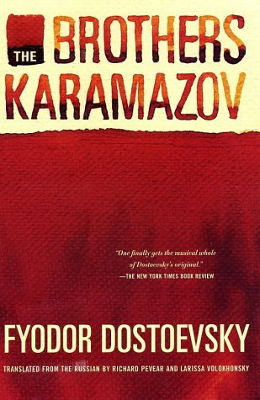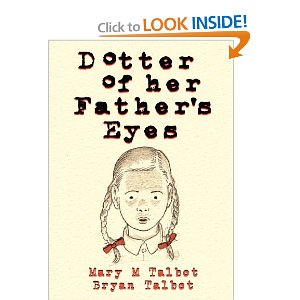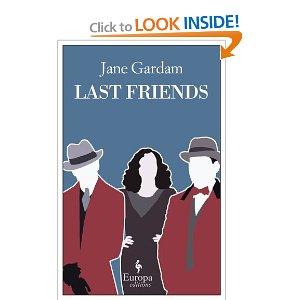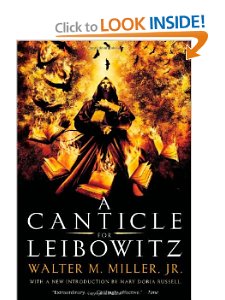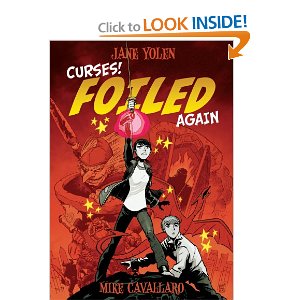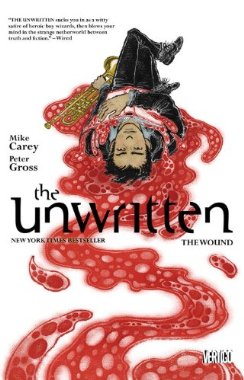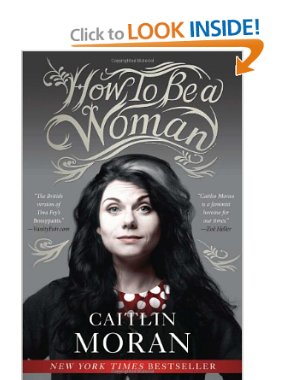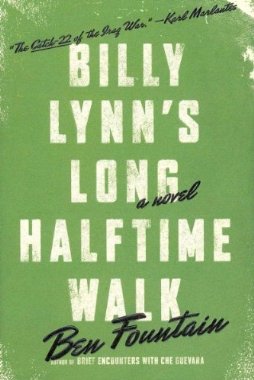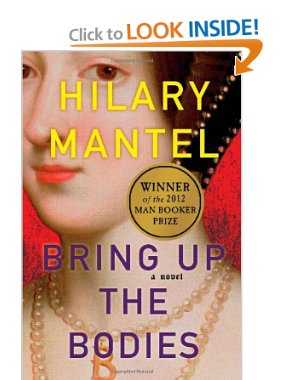Brothers Karamazov Readalong: Book 3
Monday, June 17th, 2013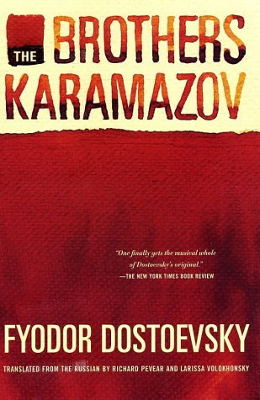
Here’s how I’m reading the book. I read another book Monday through Friday, set aside the weekend for Brothers K, then after I’m finished with the book, check in with the summary at Schoop.com to make sure I got the broad strokes. My fave note this week was from Book 3 Chapter 5 Confession. ‘Heels Up”:
Complicated much?
Book 3, at 71 pages, is our longest so far, and it was a doozy. I was struck by how so much of the book is drunk men shouting at one another. These Russians are certainly not buttoned down and quiet and Victorian like the characters of Dickens and Austen. Dostoevsky is certainly succeeding in his goal of having a characteristically Russian book (though whether it’s a “true” portrait we can’t know.)
Ready for a whirlwind summary?
Book III The Sensualists
chapter 1: In the Servant’s Quarters
Grigory and Marfa have a happy marriage. They had a child with 6 fingers who died. The night of the burial, they heard cries, and found a girl and newborn in their bathhouse.
Chapter 2: Stinking Lizaveta (which this band took the name of)
The birth mother is called Stinking Lizaveta, a beloved town oddity, holy fool, ascetic and mute. When she becomes pregnant, the father is rumored to be Fyodor Pavlovich, and he doesn’t disavow the rumors (though neither does he explicitly confirm them, though we wouldn’t believe him if he did as he’s such a liar). Grigori, the all-father to FP’s sons (or supposed ones) brings him up, calls him Smerdyakov (son of stinking one)
Chapter 3 4 and 5. Alyosha goes to visit Katerina Ivanovna, encounters Dmitri hiding out waiting to ambush Grushenka, and a very long confession by Dmitri begins. KI’s father got into financial trouble, D said he’d bail him out if KI “came to him” She did, he didn’t actually abuse her, but she was shamed by the memory. He did bail them out, the father died. Then D got entangled with Grushenka and spent 3000 roubles that KI had entrusted to him.
Chapter 6: Detour to Smerdyakov, beloved by FP, sullen and mean, and now an epileptic chef.
Chapter 7: Disputation: Argument about denouncing God. Smerkyakov is provocative.
Ch. 8: Over the Cognac: Much drunken shouting. Alyosha begins to have a shrieking fit (still not certain how this is different from epileptic one?) FP says it’s like his mother. Ivan says, she was my mother too. Has FP just forgotten?
Ch 9: The Sensualists. Dmitri beats up FP and exhorts Alyosha (yet again) to go to KI.
Ch 10: The Two Together. Meaning KI and Grushenka. Creepy with intimations of girl-on-girl actions. KI enthuses about how lovely Grushenka is, then G shows herself as the liar/provocateur she is. KI cries, Alyosha leaves, and she gives him an envelope.
Ch 11: One More Ruined Reputation. Dmitri pretends to threaten Alyosha, then runs off saying foreboding words. At the monastery, Alyosha prays humbly, then reads the letter, in which Lise declares her love for him, which she says ruins her reputation, but he seems happy with, not troubled by.
Whew! Book 4 for next week is shorter, at 50 pages. Are we on the verge of FP’s death, foretold on page 1?
What did everyone else think?
